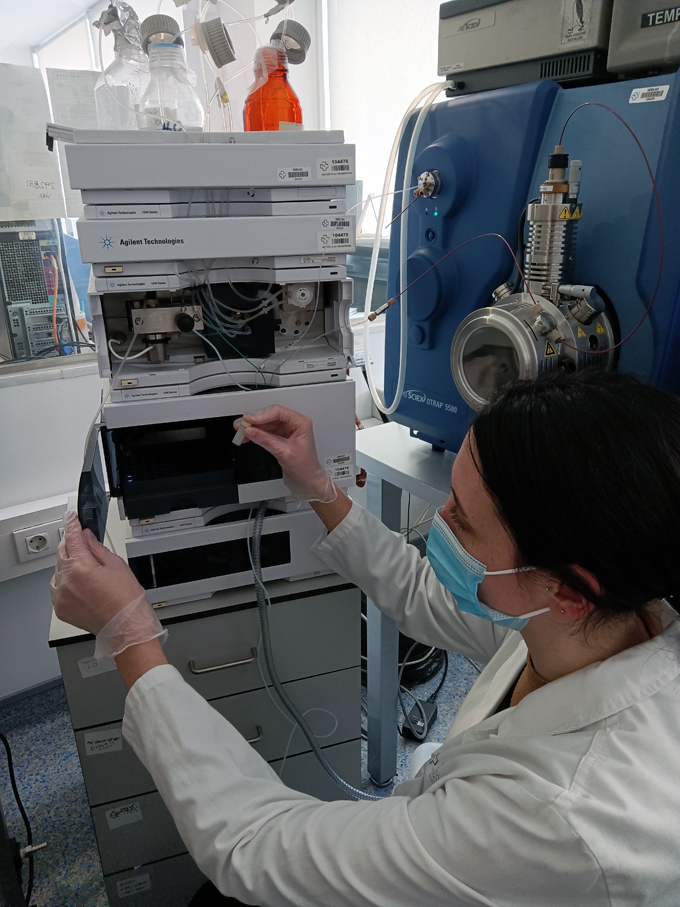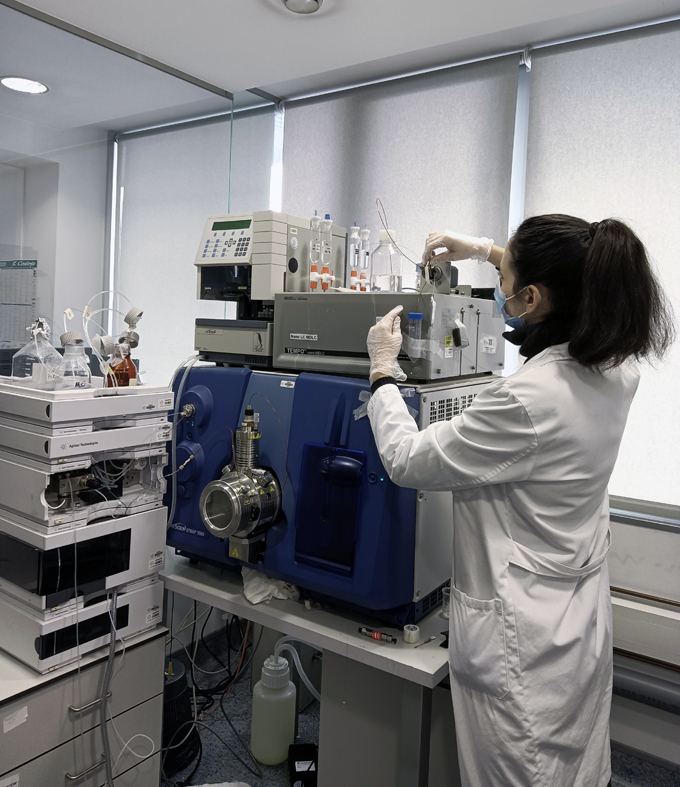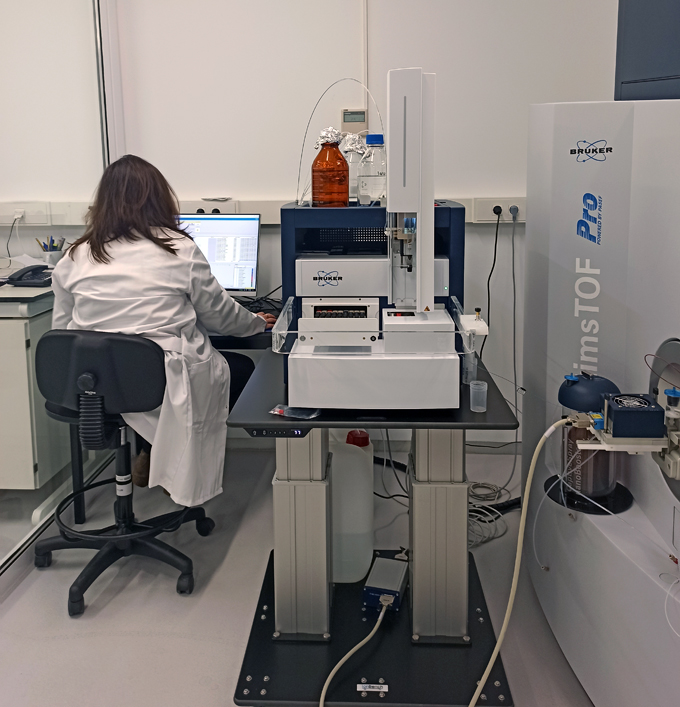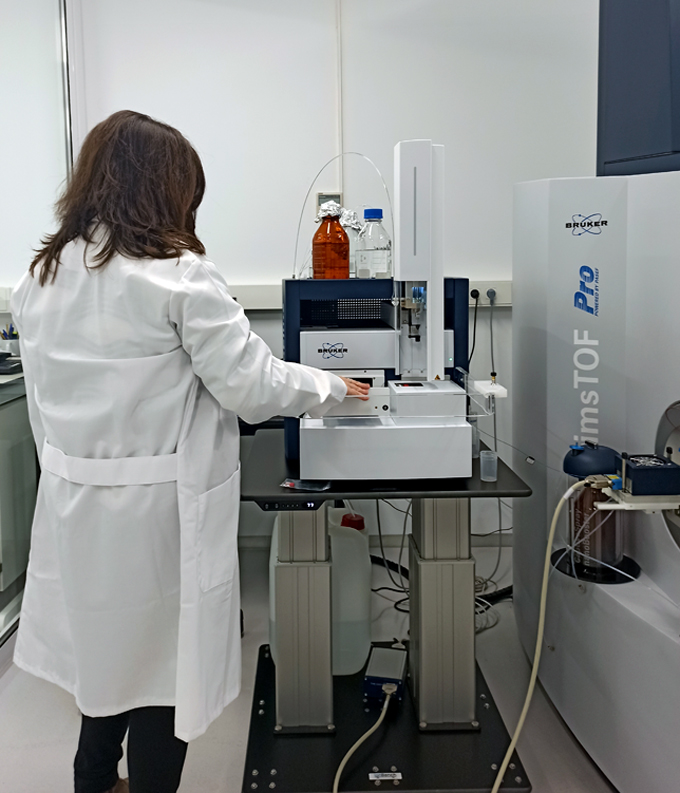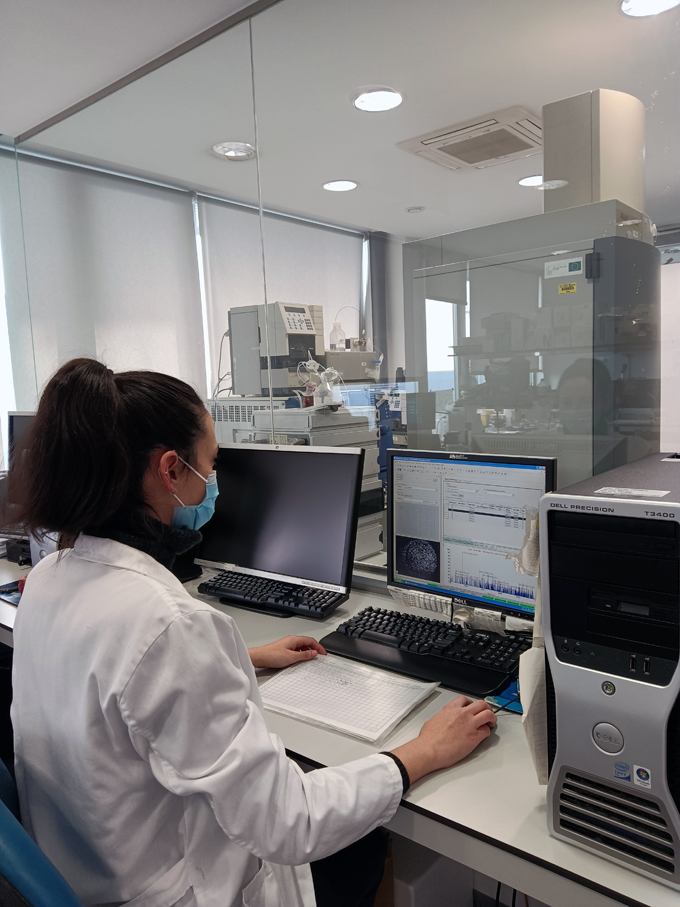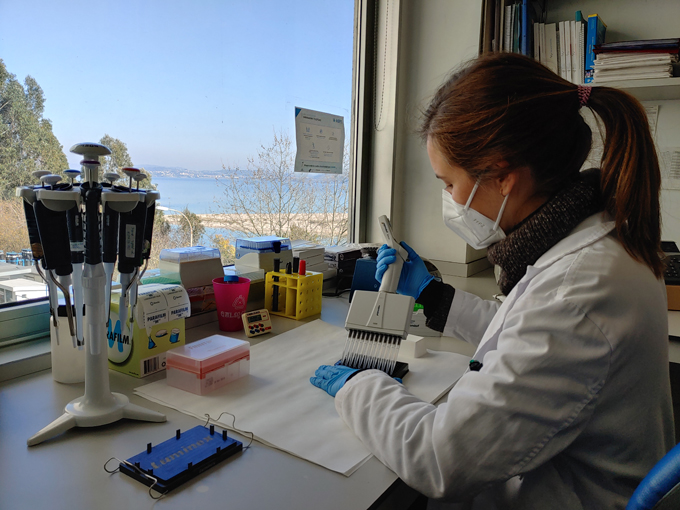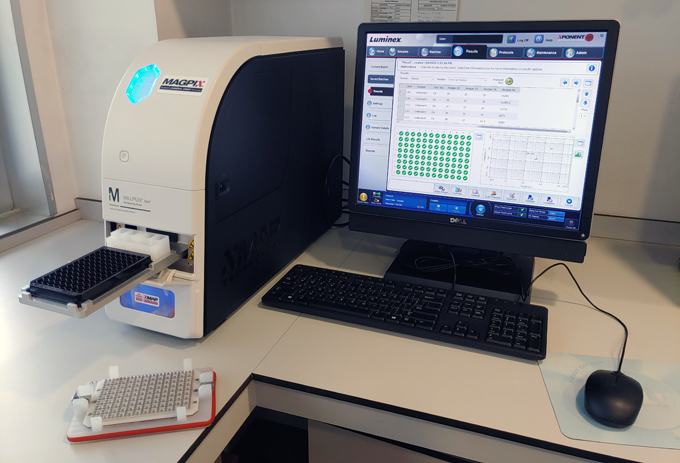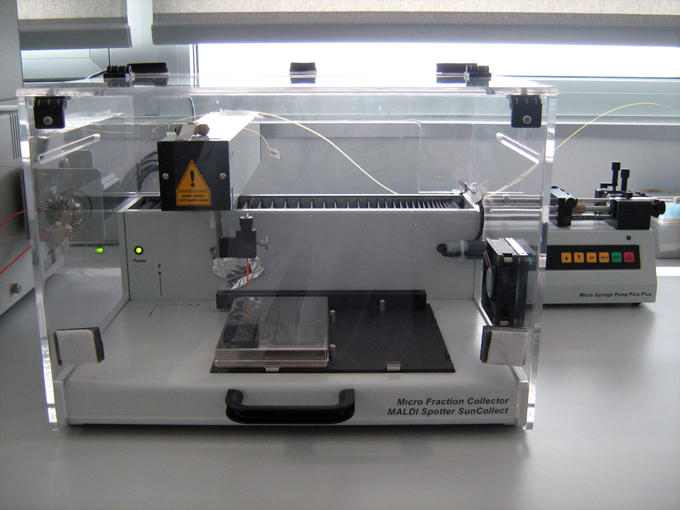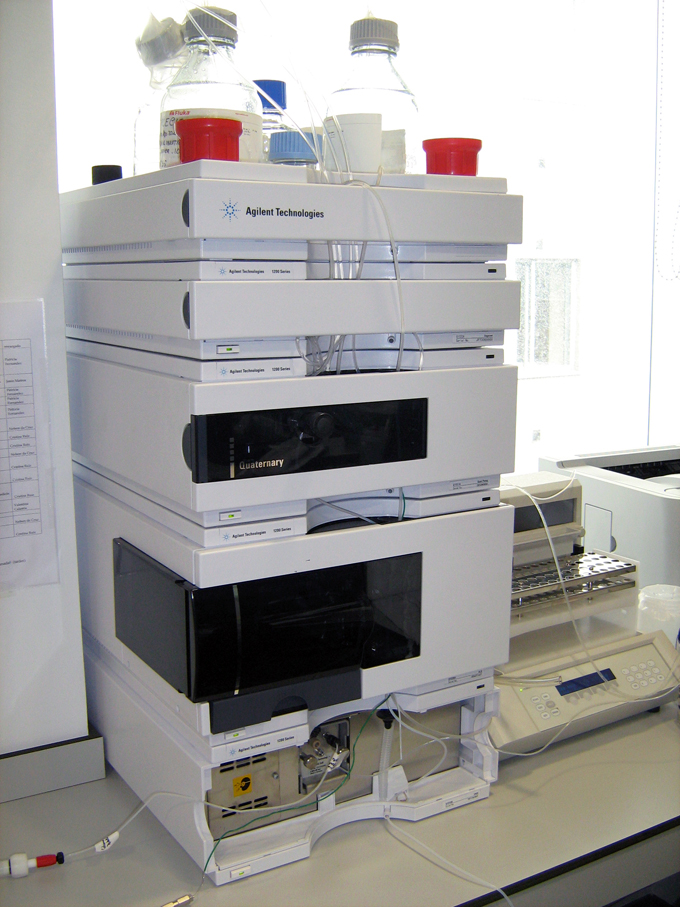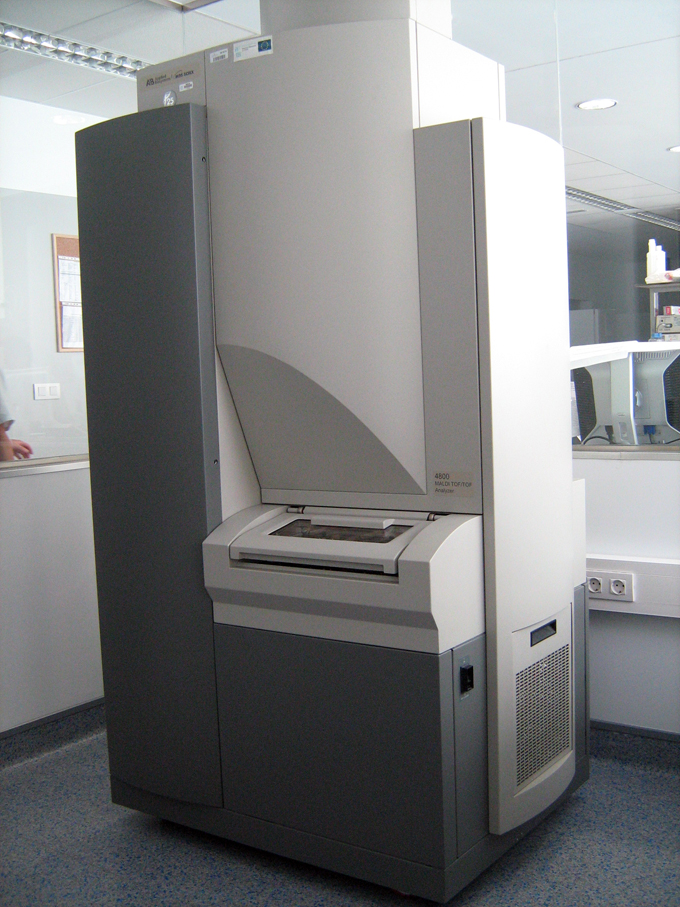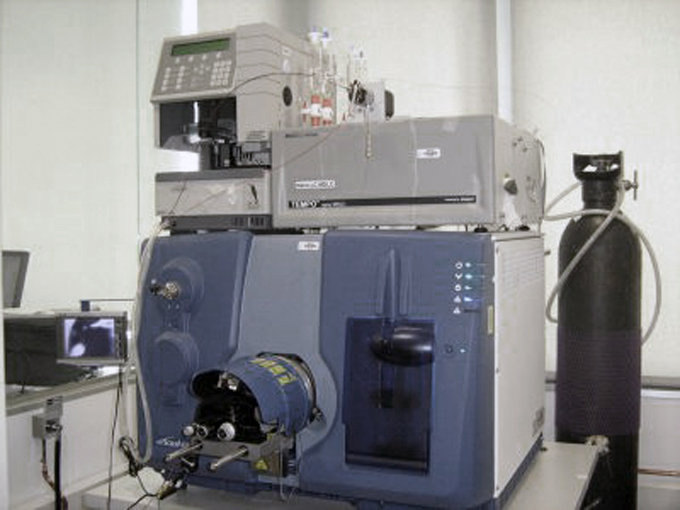U30-S06. Protein or peptide separation by liquid chromatography
Protein or peptide separation by liquid chromatography
Separation of complex protein or peptide mixtures using chromatography columns. The chromatographic services offered by the Unit include strong cation exchange (IEX), reversed phase (C18), gel filtration and immunoaffinity for the removal of the top 14 most abundant proteins in human plasma.
Customer benefits
Fractionation of complex protein or peptide samples prior to proteomic or protein analysis. Processing of serum, plasma and other biofluids for shotgun proteomics analysis through the depletion of their most abundant proteins.
Target customer
This strategy is employed to verify or validate biological hypotheses with the highest specificity, as it detects the protein sequence and is not dependent on antibodies.
